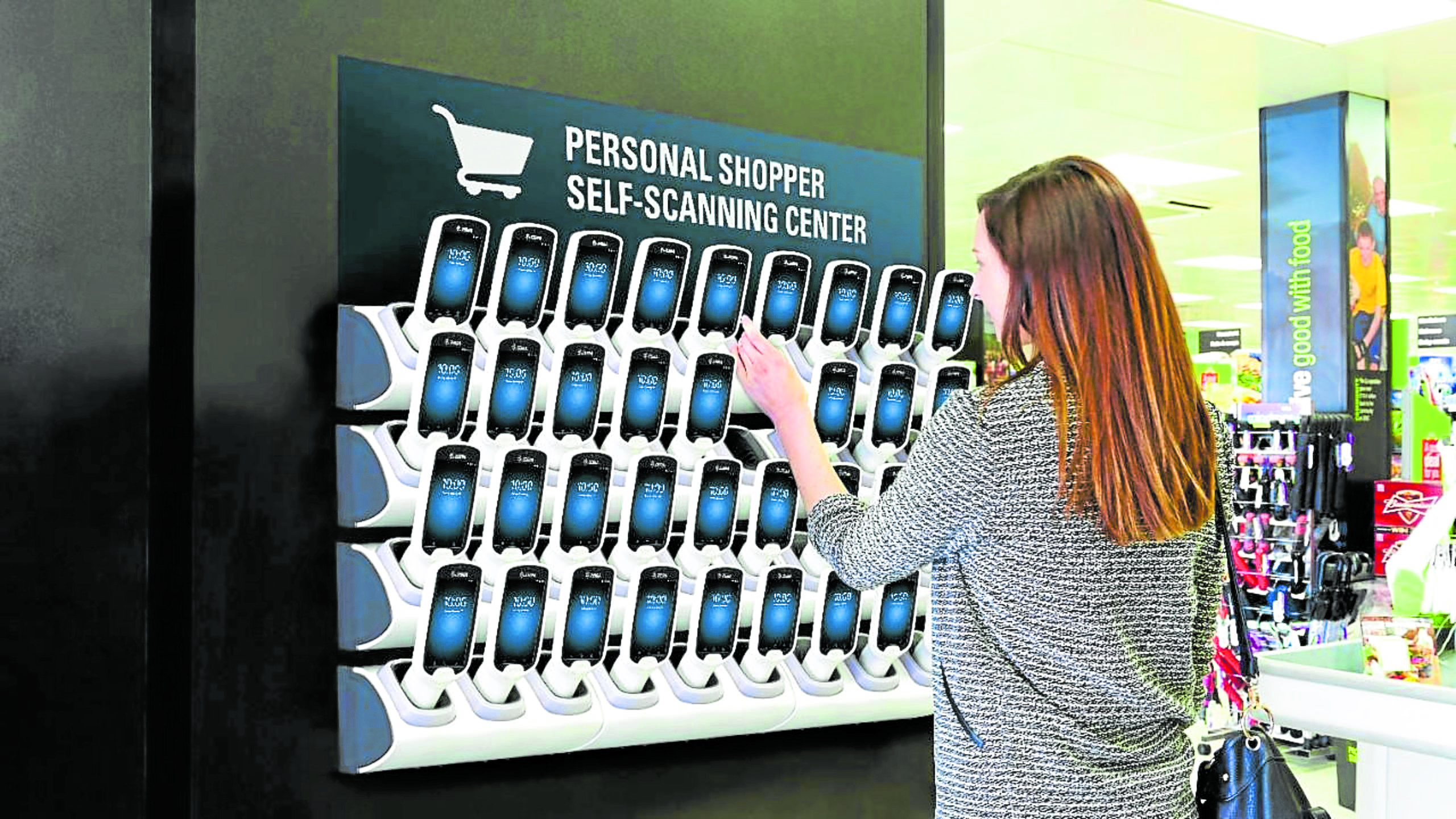Embrace digital reality or perish
With malls and other retail establishments still unable to attract crowds the way they used to prepandemic, an international enterprise technology solutions company advises such businesses to embrace the “new reality”: a retail industry that is heavily powered by digital technology, and doesn’t differentiate anymore between online and offline sales channels.
According to Zebra Technologies Corp.’s George Pepes, Asia-Pacific (Apac) vertical solutions lead for health care and retail, people nowadays “are wanting to have that digital experience that they get online in brick-and-mortar stores.” He also says that shoppers now expect brands to be “less siloed,” or to not have to distinguish between their online and offline presence.
“Shoppers just want to be able to interact with these brands, and this is largely driven by e-commerce and the convenience it offers,” says Pepes, who cites insights gathered from Zebra’s “2020 Apac Shopper Study,” now on its 12th edition, which details results of a global survey the company conducted among 6,300 retail executives, store associates and shoppers, 1,200 of whom come from the Asia-Pacific region. Focusing on Volume 2 of the study (“The Retail Perspective: Bridging online and in-store experiences with technology”), Pepes positively notes that retailers around the world are paying attention to these shifts in consumer behavior, and are looking to increase investment in technology such as intelligent automation over the next couple of years.
According to survey results, these are the tech solutions, which retailers see as vital to running “smarter operations” for their businesses:
• Workforce analytics (91 percent), to help increase employee engagement and improve productivity.
Article continues after this advertisement• A smart checkout system (89 percent) that is able to recognize products, total baskets and receive payments.
Article continues after this advertisement• Visual search (89 percent), to make finding products in a cluttered environment easier.
• Contextualized real-time pricing (84 percent), for a more convenient price management system that updates in real time based on competitive pricing, promos, customer loyalty and inventory.
• Cognitive expert advisors (86 percent) that lower costs and improves customer retention using artificial intelligence-enabled virtual assistants.
• Robot assistance (83 percent), to help customers navigate stores, identify items, check stock, find pricing errors and misplaced items.
Zebra itself has been providing businesses since 1969 with intelligent edge solutions, platform and devices, including mobile computing devices, printing supplies and equipment, data capture devices, RFID (radio-frequency) readers and antennas, location solution products and real-time locating systems.
But even with the adoption of digital retail solutions on the rise, Pepes says people will still want to go back to physical stores (you can’t test a brand-new appliance online—yet); the difference now is how they shop, which has been completely changed by the pandemic.
This means brands need to offer a different kind of customer experience as well, Pepes adds.
For example, the goal now is to get customers conveniently in and out of stores, he says, to ensure safety—and this is where technology can be very helpful to store associates.
“If a customer is looking for a certain shoe size, one of the key things for a store associate is to have the right technology that would enable him or her to know what exactly is in the supply chain, and provide options [if it isn’t readily available] for delivery or pickup in another store,” says Pepes. “That’s really key—how to make sure the customer has a good experience, while keeping them safe.”
Thanks to social media, do-it-yourself (DIY) customer service is fast becoming popular among shoppers, says Pepes; according to the Zebra study, 60 percent of shoppers can find information on brands faster on their smartphones, as opposed to going to a store to personally ask a store associate. He does note, however, that this is more evident among millennials, compared to Gen X-ers and Baby Boomers.
To respond to this shift, Pepes says retailers are now looking to invest in-store technology that can cater to DIY shopping, such as a mobile concierge (76 percent) that can guide shoppers as they go around a store; “scan-and-bag” devices (71 percent) that offer seamless checkout; and shopping maps (76 percent) that can show consumers the most efficient “shopping route” they can take based on their to-buy list.
Taking all these into consideration, Pepes emphasizes that the most advanced technology in the world would be useless to a brand if it doesn’t take care of one fundamental part of the business: a well-stocked inventory.
“Inventory is key; out-of-stock items are the main reason why customers leave a store,” he says. —CONTRIBUTED

